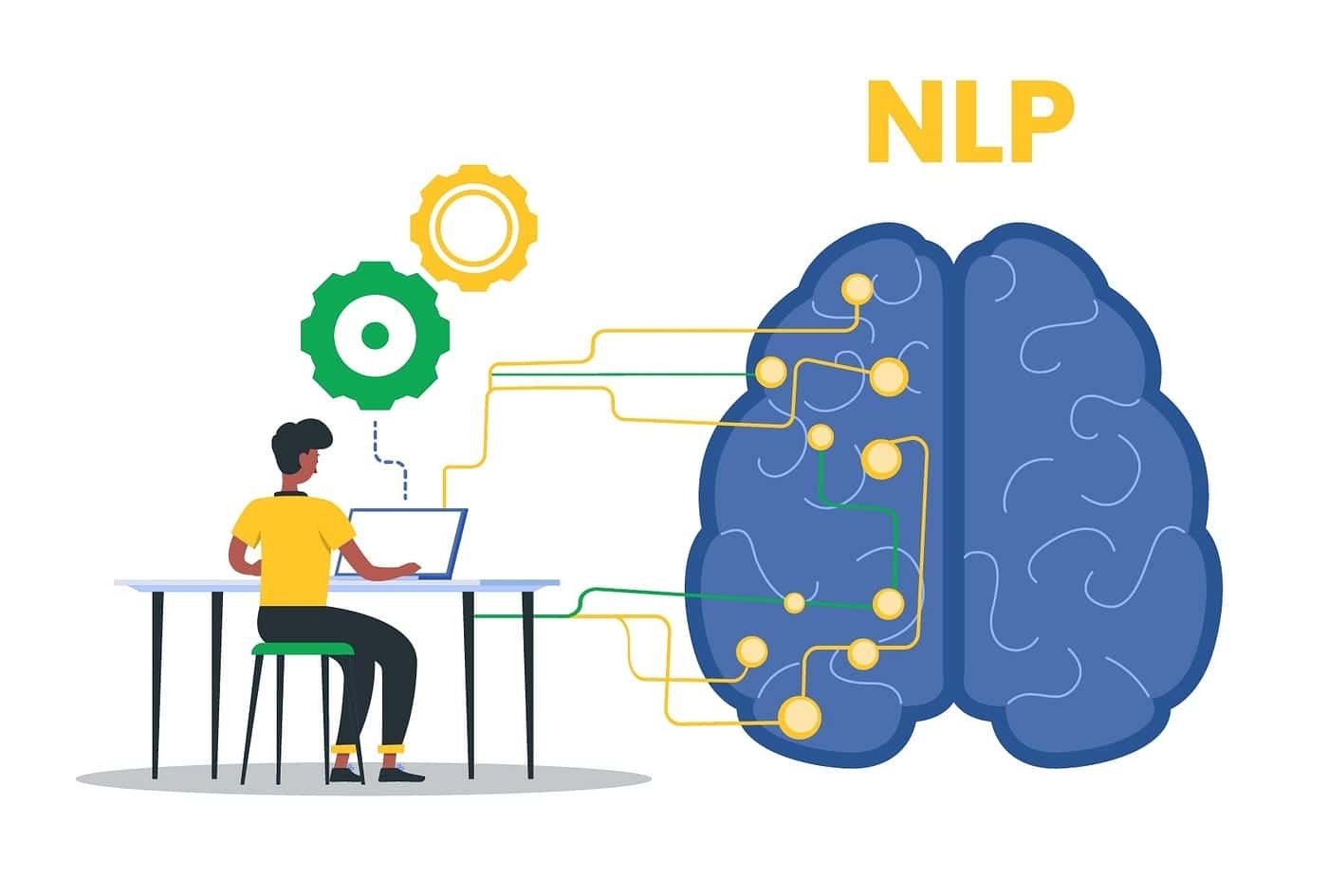Summary: Hive in Hadoop facilitates scalable data analysis through its SQL-like interface, leveraging Hadoop’s distributed computing power. While ideal for batch processing and data warehousing, it faces challenges like high latency and limited transactional support. It is essential to understand its capabilities and limitations for effective data management.
Introduction
Today, companies heavily rely on data-driven decision-making processes. However, the pace at which data is created daily has triggered the demand for quick analysis tools. Managing and analysing massive amounts of data has become crucial for organisations. Here comes the role of Hive in Hadoop.
Hive is a robust data warehousing infrastructure that provides an interface for querying and analysing large datasets stored in Hadoop. In this blog, we will explore the critical aspects of Hive Hadoop.
What is Hadoop?
Hadoop is an open-source framework designed for distributed storage and processing large datasets using a cluster of commodity hardware. It handles vast amounts of data across many computers, providing high availability and fault tolerance.
Hadoop’s core components include the Hadoop Distributed File System (HDFS), which stores data across multiple machines, and MapReduce, a programming model that processes data in parallel across the cluster.
Hive is a data warehousing infrastructure built on top of Hadoop. It offers a range of data management and analysis features. It facilitates querying, summarising, and analysing large datasets stored within Hadoop.
Hive uses a SQL-like language called HiveQL, which allows users to write queries to extract valuable insights from structured and semi-structured data. It makes it accessible for users familiar with traditional SQL databases.
Hive’s primary function is translating these queries into MapReduce jobs, enabling efficient data processing across the Hadoop cluster. By leveraging Hadoop’s distributed computing power, Hive can manage and analyse massive datasets quickly and effectively.
This capability makes it a powerful tool for big data analytics, providing a scalable solution for businesses and organisations looking to gain insights from their data.
Hive Components in Hadoop
Understanding Hive components in Hadoop is crucial for efficiently managing and querying large datasets. Here are the critical elements of Hive. These work together to enable efficient data processing and analysis:
Metastore
The Metastore is a crucial component of Hive, serving as the system catalogue. It stores metadata about the tables, columns, partitions, and data types used in the Hive environment.
The Metastore can be configured as an embedded database for small-scale deployments or as a separate server for larger clusters, ensuring efficient metadata management and retrieval.
HiveQL Process Engine
The HiveQL Process Engine parses, compiles, and executes HiveQL queries. When a user submits a query, the process engine parses it to check for syntax errors. Then, it compiles it into a Directed Acyclic Graph (DAG) of MapReduce tasks.
These tasks are then executed across the Hadoop cluster, and the results are returned to the user. This engine abstracts the complexities of writing low-level MapReduce code, allowing users to focus on data analysis.
Driver
The Driver acts as the main controller of the Hive execution process. It manages the lifecycle of a HiveQL query, from compilation to execution and finally to fetching the results.
The Driver interacts with the Metastore to obtain metadata, coordinates with the execution engine to run the query, and manages the session state and query execution flow.
Execution Engine
The Execution Engine, typically MapReduce, handles the actual execution of the HiveQL queries. After the HiveQL Process Engine converts the queries into MapReduce tasks, the Execution Engine processes these tasks across the Hadoop cluster.
Hive also supports other execution engines like Apache Tez and Apache Spark, offering improved performance and flexibility.
Features of Hive
Knowing the features of Hive in Hadoop is crucial for efficiently managing and analysing large datasets. In this blog section, you will read about the main features of Hive in Hadoop.
SQL-like Interface: Hive’s interface is almost identical to an SQL-like interface, making it easier for analysts and data scientists to leverage their SQL skills for Big Data analysis.
Schema-on-Read: Unlike traditional databases, Hive follows a schema-on-read approach. It applies the data structure during querying rather than data ingestion, efficiently handling data from different sources.
Extensibility: Hive provides a pluggable architecture that allows developers to extend its functionality by implementing custom User-Defined Functions (UDFs), SerDes (Serializer/Deserializer), and other components.
Integration with Existing Tools: Hive integrates seamlessly with various tools and frameworks, such as Apache Spark, Apache Tez, and Apache HBase, enabling interoperability and enhancing the overall big data ecosystem.
Scalability: Hive leverages Hadoop’s distributed nature, allowing it to scale horizontally by adding more nodes to the cluster. This scalability ensures that Hive can handle large datasets efficiently.
Limitations of Hive
Understanding Hive’s limitations is crucial for effective data management. While Hive offers numerous advantages for big data analysis, it also has some limitations that users should know. Awareness of these constraints allows better decision-making in selecting appropriate tools and optimising data workflows.
High Latency: Hive queries typically have higher latency due to the translation of queries into MapReduce jobs. This delay makes Hive less suitable for real-time or interactive data analysis.
Limited Support for Updates and Deletes: Hive is primarily designed for batch processing and data warehousing scenarios, where updates and deletes are less common. As a result, performing real-time updates on data stored in Hive tables can be challenging.
Lack of Full ACID Compliance: Hive lacks full ACID (Atomicity, Consistency, Isolation, Durability) compliance, which means it may not provide the same transactional guarantees as traditional databases.
Suboptimal Performance for Complex Queries: While Hive excels in processing simple queries, its performance may degrade when dealing with complex analytical queries that involve multiple joins and aggregations.
How Data Flows in Hive
In Hive, data flows through several steps to enable querying and analysis. Thus, understanding how data flows in Hive within Hadoop is crucial for efficient data management and analysis. This knowledge empowers informed decision-making and improves data processing efficiency in big data environments. Let’s understand the critical stages in the data flow process:
Data Ingestion: Data enters Hive through ingestion into Hadoop’s Distributed File System (HDFS) or other supported storage systems like Amazon S3 or Azure Data Lake Storage.
Data Processing: Hive facilitates a metadata layer where users define schemas and create tables. This metadata, stored in a relational database such as MySQL or Derby, optimises query execution.
Query Compilation: Users submit queries in HiveQL, which Hive’s compiler translates into a Directed Acyclic Graph (DAG) of MapReduce or Tez tasks. This process optimises query plans for efficient parallel processing and minimal data movement.
Job Execution: The compiled query plan is sent to the Hadoop cluster’s resource manager, which assigns tasks to compute nodes. Each node processes data portions and generates intermediate results.
Data Shuffle and Reduce: In MapReduce or Tez frameworks, intermediate results from map tasks undergo shuffling and sorting to consolidate related data. Reduce tasks, then aggregate and combine this data to produce final results.
Result Presentation: Upon query completion, results are presented through Hive’s command-line interface or integrated visualisation tools, enabling users to analyse and derive insights effectively.
Why Do We Need Hadoop Hive?
In this section, you will learn why we need Hadoop Hive and how it is crucial for leveraging big data. Hive simplifies querying large datasets stored in Hadoop, making data analysis accessible to non-programmers. Other than that, Hadoop Hive plays a vital role in the extensive data landscape for the following reasons:
Simplified Data Analysis: Hive’s SQL-like interface enables Analysts and Data Scientists to leverage their skills and efficiently perform ad-hoc queries, data exploration, and complex analytics on large datasets.
Scalability and Parallel Processing: Hive leverages Hadoop’s distributed processing capabilities, allowing it to scale horizontally and process large volumes of data in parallel. This scalability ensures that organisations can handle growing data volumes without sacrificing performance.
Cost-Effective Storage: Hive stores data in Hadoop’s distributed file system, which provides cost-effective storage for large datasets. Organisations can store massive amounts of data by leveraging commodity hardware without incurring excessive storage costs.
Integration with the Hadoop Ecosystem: Hive integrates with other Hadoop ecosystem components, such as Apache Spark and Apache HBase. This integration allows users to combine the strengths of different tools and frameworks to solve complex big-data challenges.
What is the Difference Between Pig and Hive in Hadoop?
Understanding the difference between Pig and Hive in Hadoop is crucial for effective data processing. While both Pig and Hive are part of the Hadoop ecosystem and serve as high-level data processing languages, there are some critical differences between the two:
Data Processing Paradigm: Pig follows a data flow scripting language called Pig Latin, designed for expressive data transformations. On the other hand, Hive uses a SQL-like language called HiveQL, which provides a familiar interface for SQL users.
Schema Handling: Pig operates on semi-structured or unstructured data, allowing users to dynamically define and manipulate the schema. In contrast, Hive requires a predefined schema during table creation and follows a schema-on-read approach.
Optimisation: Hive focuses on optimising complex queries and aggregations by translating them into optimised MapReduce or Tez jobs. Conversely, Pig provides a data flow execution model that automatically optimises the execution plan.
User Skillset: SQL-savvy users comfortable with traditional relational databases prefer Hive. Conversely, Pig appeals to users with a programming background and a preference for expressive data transformations.
Read More:
Best Data Engineering and SQL Books for Beginners.
Why is SQL important for Data Analyst?
Use Cases of Hive in Hadoop
Now, you will learn about Hive’s use cases in Hadoop and how it is crucial for leveraging big data efficiently. Hive simplifies querying large datasets using SQL-like commands, making it accessible to analysts and developers. Moreover, Hive is widely used in big data analytics for various use cases, including:
Data Exploration: Hive allows users to explore and analyse large datasets stored in Hadoop interactively, enabling data discovery and gaining valuable insights.
Data Warehousing: Hive provides a familiar SQL-like interface for data warehousing tasks, making migrating traditional data warehouse workloads to Hadoop easier.
ETL (Extract, Transform, Load): Hive supports ETL operations, enabling data extraction, transformation, and loading from different sources into Hadoop for further analysis.
Benefits of using Hive in Hadoop
In this section, you will look at the benefits of using Hive in Hadoop and how it is crucial for efficient data management. This knowledge empowers organisations to leverage Hadoop’s big data capabilities effectively. The benefits of using Hive in Hadoop include the following:
Scalability: Hive leverages Hadoop’s distributed nature, enabling the processing of large datasets by dividing the workload across multiple machines.
Performance: Hive optimises query execution by generating efficient query plans and leveraging the parallel processing capabilities of Hadoop.
Integration: Hive seamlessly integrates with other tools and frameworks within the Hadoop ecosystem, such as Apache Spark and Apache Tez, extending its capabilities for advanced analytics.
Best Practices for Working with Hive
Now, I will tell you the best practices for working with Hive. These practices optimise these practices and enhance processes, improve decision-making, and maintain robust data governance standards. To make the most out of Hive in Hadoop, consider the following best practices:
Partitioning and Bucketing: Partitioning and bucketing data in Hive can significantly improve query performance by reducing the amount of data that needs to be processed.
Optimised Data Formats: Storing data in optimised file formats, such as ORC (Optimised Row Columnar) or Parquet, can improve query performance and reduce storage requirements.
Data Compression: It helps reduce storage costs and improve query performance by reducing the amount of data transferred over the network.
Frequently Asked Questions
What is Hive in Hadoop?
Hive in Hadoop is a robust data warehousing tool that allows businesses to query and analyse large datasets using a SQL-like language called HiveQL. It simplifies data analysis by translating queries into MapReduce tasks, leveraging Hadoop’s distributed computing capabilities for scalable data processing and storage.
How does Hive differ from Pig?
Hive and Pig serve as high-level data processing languages in the Hadoop ecosystem but cater to different user preferences. Hive uses HiveQL, which is ideal for SQL-savvy users. At the same time, Pig employs Pig Latin, focusing on flexible data transformations suited for users with programming backgrounds.
Why use Hive for big data?
Hive is essential for big data analytics because it seamlessly integrates with Hadoop, enabling scalable and parallel data processing. It provides a familiar SQL-like interface, making it accessible for analysts to efficiently perform ad-hoc queries, data exploration, and complex analytics on large datasets.
Closing Words
Hive Hadoop is a powerful data warehousing infrastructure. It provides a SQL-like interface for querying and analysing large datasets stored in Hadoop. Moreover, it offers scalability, extensibility, and integration with the Hadoop ecosystem.
Hive also provides a valuable solution for big data analysis. However, it’s essential to know its limitations, such as high latency and limited support for updates and deletes.
Hive’s integration with Hadoop and its ability to handle large volumes of data make it an essential tool. Additionally, it’s important to differentiate between Hive and other data processing languages like Pig. While both serve similar purposes, they have distinct features and target different user skill sets.
In conclusion, Hive Hadoop empowers organisations to analyse and derive insights from their vast datasets efficiently. By leveraging its features and understanding its limitations, businesses can unlock the full potential of their data. Thus, it helps in informed decision-making.





